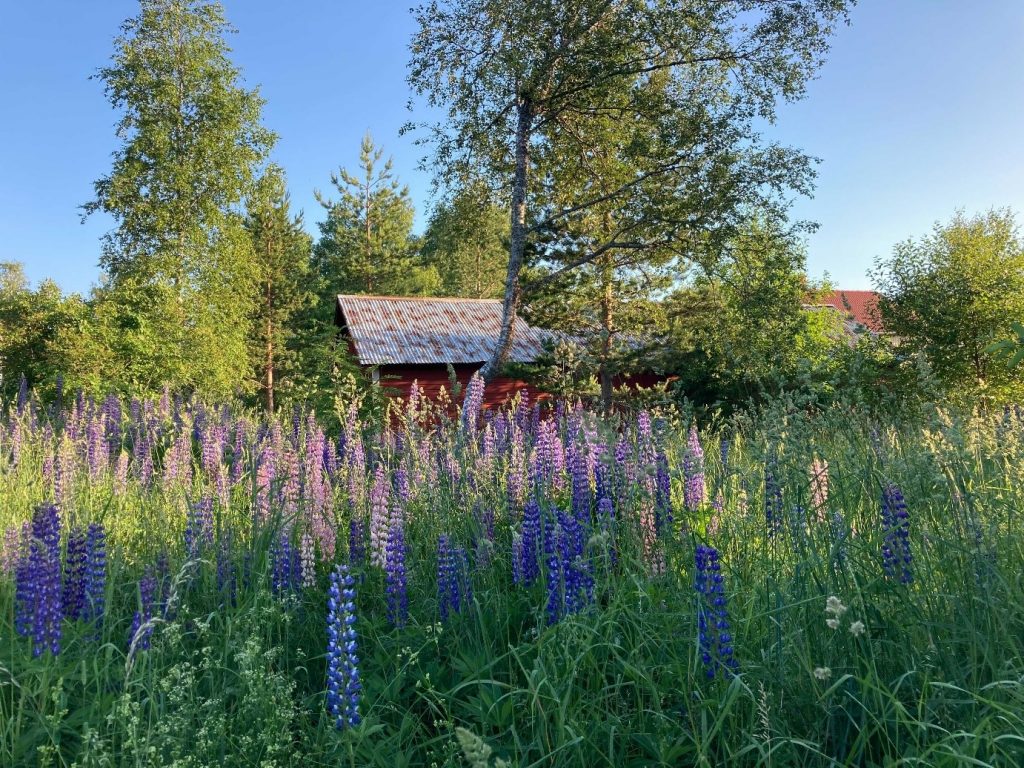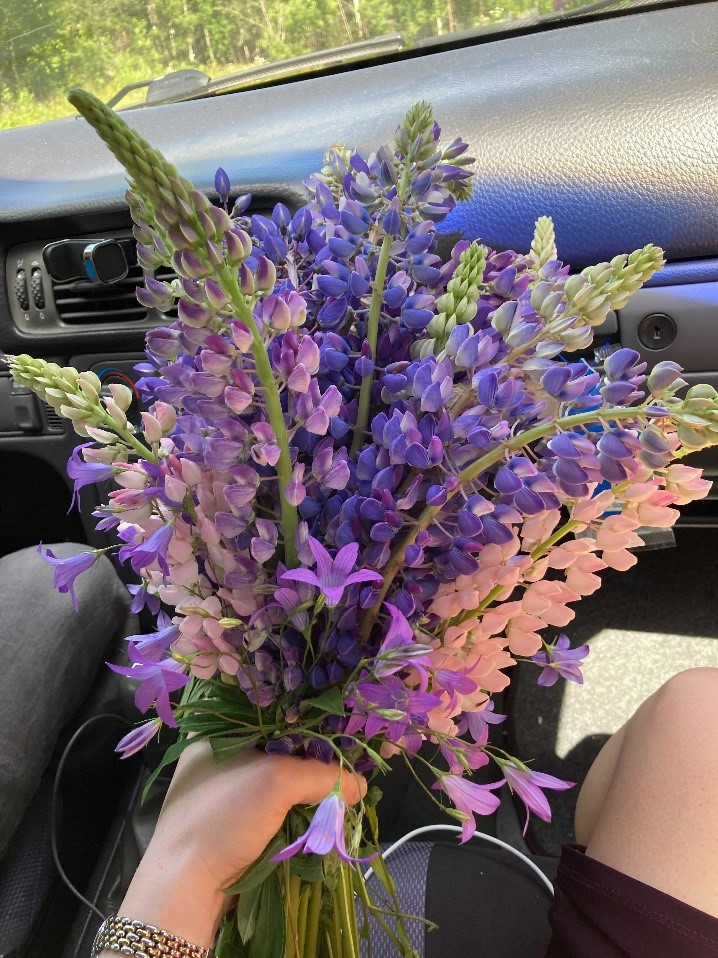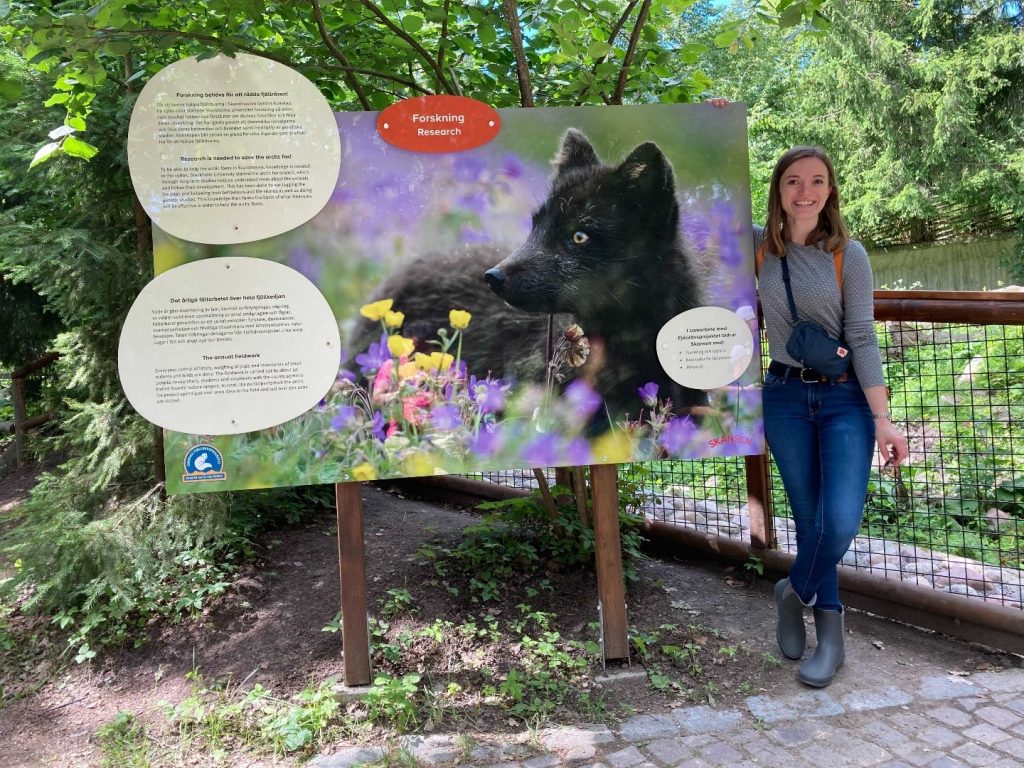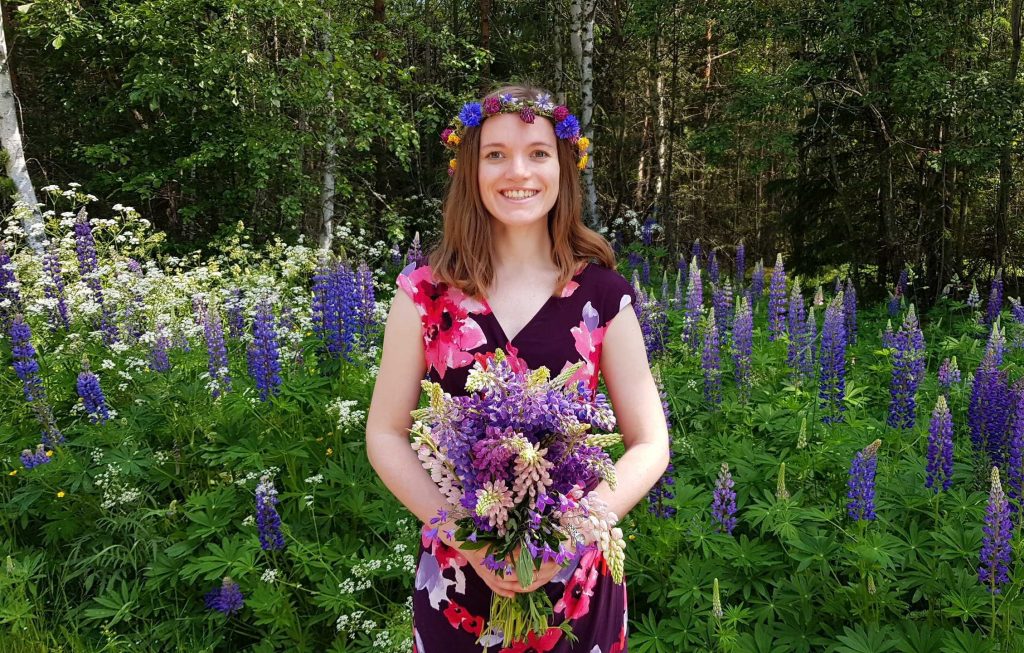LATE. This blog post is late. One of those words that makes planners and lovers of deadlines cringe and squirm with discomfort. Like nails scraping across a chalkboard, making your skin crawl… And yet – sometimes it simply can’t be helped, unpleasant though it may be. Sometimes, impeding factors are simply out of your control. Science seldom works like clockwork!
Shipments of research materials may be considerably delayed. Lab equipment you need to use may be malfunctioning and require extensive troubleshooting. Living systems such as cells can be unpredictable. Other deadlines and commitments begin looming on the horizon. And before you know it, you are juggling a conference, instrument maintenance, experiments, data analysis, and writing – all in the last week before your summer break, in spite of your best planning efforts. Defying all odds, you somehow manage, the carrot on the stick being the backpacking trip you’ve been fantasizing about since before the pandemic. But then the conference turns out to be a superspreader event… So, you wind up in bed for a week, burning up with the latest and greatest variant of COVID, and have to kiss your travel plans goodbye.
To say that what I’ve just described is frustrating would be an understatement. Emotions initially range from being downright furious to feeling thoroughly gutted. Unusually tired and out of breath thanks to your healing lungs, you attempt to exercise to take your mind off things, failing miserably. So, you crawl back into bed and try to visualize a happy place (perhaps one that does not involve the mountains you were hoping to hike in). And you suddenly find yourself painting a mental picture of fields of midsummer flowers. A small smile begins to spread across your face as you recall the carefree bliss of the 90’s and getting lost in books.
As a child, one of my greatest aspirations was to be like the “Lupine Lady”. This term may seem somewhat obscure to those unfamiliar with the children’s book “Miss Rumphius” by Barbara Cooney. Based on a true story (1), this charming book has touched the hearts of readers of all ages. A brief synopsis: An elderly man inspires his young granddaughter Alice to travel the world before settling in a house by the sea. He tells her she must also do something to make the world more beautiful. She travels the world before settling in a little house on the coast, all the while wondering how she can beautify the world. One spring, after discovering that the lupines planted in her garden have begun to spread, she sows lupine seeds everywhere. As a result, colorful flowers dot the countryside ever after and she becomes known as the Lupine Lady. (2)

Not just a childhood favorite.
I spent my childhood dreaming of a landscape filled with fragrant lupines. You can hardly imagine my delight at discovering heaps of them here in Sweden around midsummer. I had never seen so many lupines in my life! While we were driving through the countryside, I motioned to my husband to pull over so I could have my Lupine Lady moment. The result was at least ten minutes of blackmail-worthy video material of me fawning over the flowers.

“There were lupines everywhere. Fields and hillsides were covered with blue and purple and rose-colored flowers. They bloomed along highways and down the lanes.” (2)
Climbing back into the car, I sniffed my freshly picked bouquet and reflected on the beauty all around. It seemed practically perfect, there was just one small catch… There were practically only lupines, as far as the eye could see. I was reminded of the Lupine Lady’s widespread planting throughout the land. But what I had romanticized as a child, I now realized could wreak havoc on the local ecosystem…

Finding the bluebells (Campanula sp.) was no easy task!
I sat through enough Pharmaceutical Biology lectures to know a Fabaceae when I see one. Survival strategies such as creating a niche by enriching the soil with nitrogen, outcompeting other species for pollinators, and the production of toxic alkaloids allow bigleaf lupines (Lupinus polyphyllus) to edge out native species and rapidly spread (3). Considered an invasive species in Maine (4), where the real Lupine Lady was active (1), they are rapidly reaching a similar status in Sweden. The Swedish Environmental Protection Agency cautions against planting them and encourages their active removal (3).
Science gives you perspective, albeit not always a cheerful one. With my childhood dreams challenged, I was faced with a dilemma: How can something so beautiful be so harmful? And what can we do about it? Is it possible to have your cake and eat it too, to have both lupines and a broad diversity of other wildflowers?
I could ask the same questions about academia. Research and knowledge are beautiful! They are why I wanted to become a scientist. But the environment can, at times, feel lupine indeed – like being thrown to the wolves. A place full of territorially defended research niches, grants to constantly outcompete one another for, and toxic behaviors (such as long working hours) is full of lupines. But what about the other wildflowers? What about ecosystem balance?
We are often told to “bloom where we are planted”. Having hope and being grateful for opportunities goes a long way, especially when things go awry. Still, I think our “ecosystem engineering” needs to go beyond trying to be a good sport amid adversity. If we remain on the scale of plant-plant interactions, the lupines will invariably win. Let’s take it up a few trophic levels, then.
Allow me to draw on my favorite example of ecosystem engineers: it is no secret that I am quite partial to foxes, especially of the Arctic variety. Their dens create hotspots of biodiversity, all thanks to their droppings. Balanced fertilizers mean growth conditions that favor a wide variety of plants (5), which in turn attract a range of herbivores. The herbivores not only provide food for predators, but also help maintain plant biodiversity through grazing (6). This is important because it reduces so-called “shrubification” – the expansion of shrubs across the Arctic that contributes to climate warming (7). In short, my favorite little fluffy predators not only create a welcoming home for local species, but even contribute to a healthier global climate!

At Skansen (an open-air museum I highly recommend). Check out the Swedish Arctic Fox Project (8) to learn more about and support my favorite Swedish animal.
How can we apply lessons learned from the Arctic fox (Vulpes lagopus) to the “lupine problem” to engineer a healthier global research climate? Balanced “fertilizers” are the key here as well. To me, being a scientist means being anxiously engaged in the good cause of seeking truth (9). To find truth, we need to foster honesty: not only within the research community, but also with ourselves.
I believe it goes without saying that publishing falsehoods or sabotaging others’ work undermines the very purpose of science. But I also believe honesty runs even deeper. I would love to see people publishing what didn’t work, because that is also a useful contribution of knowledge – if others can learn from your mistakes, isn’t that beautiful? If you can save others’ time and resources, isn’t that wonderful? Few see the many experiences of failure it takes before your research is “successful”, which exacerbates feelings of inadequacy and imposter syndrome.
On that note, science is beautiful, but also hard! When things don’t work (which will, at times, invariably be the case), it is easy to get down on yourself. Extra pressure and unrealistic expectations from others just make things worse. We need more mentoring and true teamwork. “Research success” should not only be defined in the quantity, and more importantly, quality of publications, but most of all the ability to be a leader. Great leaders are honest about the strain that often comes with doing science, and actively work to alleviate it rather than adding to the load. Having happy, motivated scientists as a result makes all the difference!
Because if we are honest with ourselves: who wants to spend a lifetime being chronically stressed for health and science – when science tells you being chronically stressed is one of the worst things you can possibly do for your health (10)? We can and must do better if we want to inspire the next generation of bright young scientists. It all starts with small and simple changes.
Reflecting on my life so far, I’ve had my fair share of adventures. Like the Lupine Lady, I’ve traveled to and even lived in faraway places, some of them by (or at least near) the sea. The words of the Lupine Lady echo in my head:
“That is all very well, […] but there is a third thing you must do. […] You must do something to make the world more beautiful.” (2)
And I hope we know what that can be.

The Lupine Lady? (Side note: working in a lab will not make you tan.)
Rebekkah Hammar
- Landrigan, L. How the Real Miss Rumphius Decorated Maine With Lupines. New England Historical Society https://www.newenglandhistoricalsociety.com/how-real-miss-rumphius-decorated-maine-lupines/ (2017).
- Cooney, B. Miss Rumphius. (Puffin, 2000).
- Blomsterlupin. https://www.naturvardsverket.se/amnesomraden/invasiva-frammande-arter/Arter/arter-som-ej-omfattas-av-regler/blomsterlupin/.
- Lupine, a controversial plant (U.S. National Park Service). https://www.nps.gov/articles/000/lupine.htm.
- Gharajehdaghipour, T., Roth, J. D., Fafard, P. M. & Markham, J. H. Arctic foxes as ecosystem engineers: increased soil nutrients lead to increased plant productivity on fox dens. Sci Rep 6, 24020 (2016).
- Post, E., Pedersen, C. & Watts, D. A. Large herbivores facilitate the persistence of rare taxa under tundra warming. Sci Rep 12, 1292 (2022).
- Mekonnen, Z. A. et al. Arctic tundra shrubification: a review of mechanisms and impacts on ecosystem carbon balance. Environ. Res. Lett. 16, 053001 (2021).
- The Swedish Arctic Fox Project – Stockholm University. https://www.su.se/english/research/research-groups/the-swedish-arctic-fox-project.
- Doctrine and Covenants 58:27. https://www.churchofjesuschrist.org/study/eng/scriptures/dc-testament/dc/58.
- Stress and the brain: Under pressure. Nature 490, 161–161 (2012).


